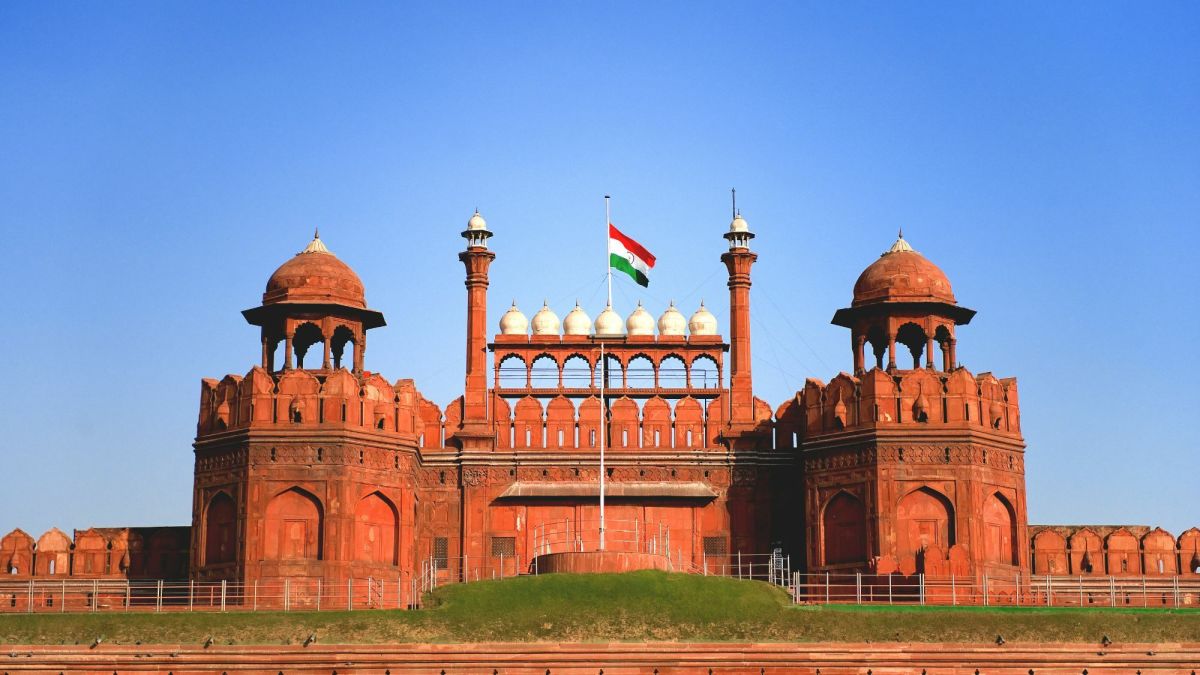India is a country with a rich history and diverse culture, and its landmarks reflect this diversity. From the majestic Taj Mahal to the imposing Red Fort, India’s landmarks are a testament to its glorious past and its ability to inspire wonder.
The Taj Mahal
The Taj Mahal is perhaps India’s most famous landmark and is considered one of the Seven Wonders of the World. This stunning white marble mausoleum was built by Mughal Emperor Shah Jahan in memory of his wife, Mumtaz Mahal, who died in childbirth in 1631. The Taj Mahal is a masterpiece of Mughal architecture, which blended Indian, Persian, and Islamic styles. Its perfect proportions, intricate marble inlays, and serene gardens make it a breathtakingly beautiful monument.
The Red Fort
The Red Fort, also known as Lal Qila, is a majestic fort complex in Old Delhi that was built by Mughal Emperor Shah Jahan in 1648. This imposing structure served as the residence of the Mughal emperors for nearly 200 years and was the center of Mughal power and politics. The Red Fort is a masterpiece of Mughal architecture, with its high red sandstone walls, ornate palaces, and beautiful gardens.

Qutub Minar
The Qutub Minar is the tallest minaret in India and is a UNESCO World Heritage Site. Built in 1193 by Qutab-ud-din Aibak, the founder of the Delhi Sultanate, this 73-meter-tall minaret is a masterpiece of Indo-Islamic architecture. The Qutub Minar is adorned with intricate carvings and inscriptions and is surrounded by several other historical monuments, including the Quwwat-ul-Islam Mosque and the Alai Darwaza.
India Gate
The India Gate is a war memorial located in New Delhi that was built in 1931 to commemorate the soldiers who died during World War I. This imposing structure is a masterpiece of colonial architecture, with its high arches and ornate details. The India Gate is a popular tourist destination and is often surrounded by street vendors, food stalls, and cultural events.
Golden Temple
The Golden Temple, also known as the Harmandir Sahib, is a gurudwara (Sikh temple) located in Amritsar, Punjab. Built in 1588 by Guru Ram Das, the fourth Sikh guru, this stunning temple is a masterpiece of Sikh architecture, with its golden dome and intricate marble inlays. The Golden Temple is a sacred site for Sikhs and is surrounded by a beautiful pool of water known as the Amrit Sarovar.

Victoria Memorial
The Victoria Memorial is a stunning white marble monument located in Kolkata, West Bengal, that was built in 1921 to commemorate Queen Victoria. This imposing structure is a masterpiece of colonial architecture, with its high domes and intricate details. The Victoria Memorial is a popular tourist destination and houses a museum that showcases Indian art and history.
These are just a few examples of India’s many landmarks, each with its own unique history and cultural significance. From the majestic Taj Mahal to the imposing Red Fort, India’s landmarks are a testament to its glorious past and its ability to inspire wonder.









